By Richard Rule
Leningrad, the old imperial capital, was the most beautiful city in Russia and had for centuries been her cultural heartland. Founded as Czar Peter the Great’s window on the West, it had known many agonies throughout its turbulent history, but in 1941 geography and pragmatic military strategy would see Leningrad engulfed in a tragedy unparalleled in modern history. ; [text_ad]
With most of Europe already under the heel of Nazi Germany, Hitler turned his attention eastward toward the vast expanse of the Soviet Union and on the morning of June 22, 1941, launched Operation Barbarossa, the invasion of Russia. Spearheaded by three Army groups, German forces stormed across the Russian frontier and completely overwhelmed the Red Army units in their path. With clinical precision, the world’s largest army was being systematically annihilated and, after just 18 days of fighting, the Russians had lost over three million men, 6,000 tanks, and most of their aircraft.
A Rapidly Developing Military Threat
The primary objective for 64-year-old Field Marshal Wilhelm Ritter von Leeb, commanding Army Group North, was Leningrad; the assault on Moscow could not be undertaken until the city had been captured. Sweeping in a northeasterly direction from East Prussia, von Leeb’s refined Blitzkrieg was proving a spectacular success. The speed at which his panzers had destroyed the Soviet forces in the Baltic region and closed on Leningrad was staggering. In just five days, they had covered half the distance to the city.
The Leningraders could not believe that the military threat had developed so rapidly. Most had expected the Red Army to throw the Germans back, including the city’s Communist Party leader, Andrei Zhdanov. A direct assault on Russia’s second largest city, inconceivable a week before, now seemed inevitable. Zhdanov girded the city for battle. The population was mobilized to dig air raid shelters, historic sites disappeared behind sandbags, antiaircraft guns dotted the skyline, and massive evacuations commenced to ease the burden on the city’s resources. Unfortunately, the evacuees were soon replaced with traumatized refugees streaming in from the west.
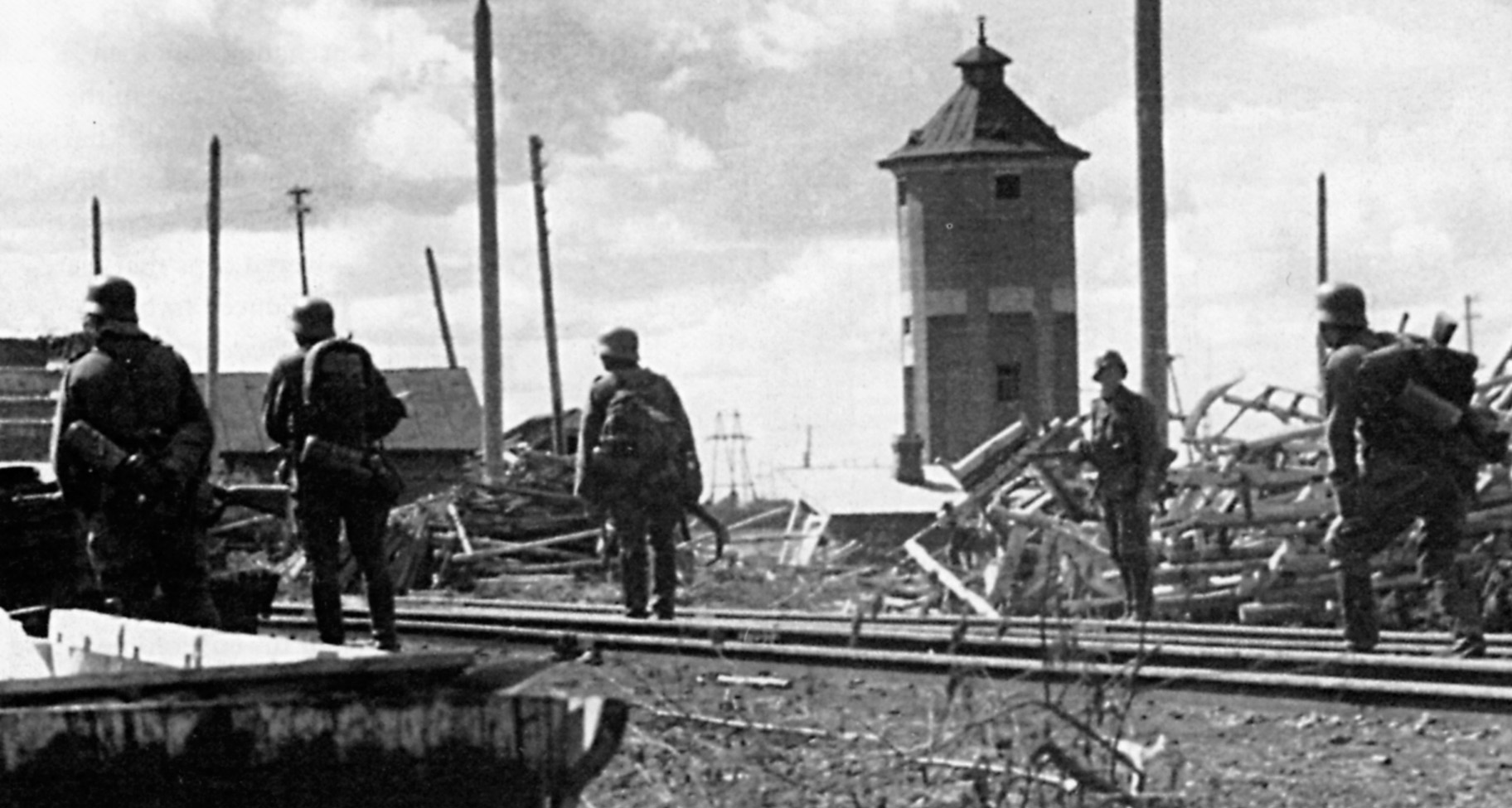
With a military catastrophe building on the approaches to Leningrad, 60-year-old Marshal K.Y. Voroshilov, hero of the Bolshevik Civil War, was named supreme commander of the Leningrad Front. He tried to restore order, but despite removing or executing many of his incompetent commanders, their replacements fared little better. They were inexperienced in the conduct of modern large-scale operations and it showed. The ill-trained and poorly equipped Red Army continued to lurch from one disaster to another.
In desperation, a line of fortifications was to be built along the Luga River, 75 miles southwest of the city. Many firmly believed that the Luga Line was their last hope. If it collapsed, the city was lost. With most able-bodied men already fighting at the front, it was left to hundreds of thousands of women to create a fortified barrier nearly 200 miles long and between two and three miles deep laced with tank traps, gun emplacements, and trenches. Zhdanov, however, had little confidence that the shattered Red Army formations falling back on the city would rally to hold the new line. More men would be needed to bolster the defenses, and quickly.
Troops were drained from Russia’s northern border with Finland to man the fortifications. In a drastic move, People’s Volunteer Divisions comprising barely trained civilians were sent to fill the gaps in the line. With scarcely any modern weapons, most arrived at the Luga defenses with “empty hands and brave hearts,” as one observer described.
Predictably, the first German attacks took a frightful toll. Inexperienced and virtually leaderless, the volunteers were mowed down, but remarkably, they repeatedly held the line in spite of their grievous losses. This tenacious defense had been aided by dense forest and swamp-infested terrain, which had combined to severely hamper the German panzers and at last had thrown the blitzkrieg off pace. The city had been afforded valuable breathing space, but a new danger quickly emerged from another quarter. North of Leningrad, the Finns seized the opportunity to launch their own attack on July 31. With this new offensive steamrolling toward the city from the northeast and the Germans driving from the west, the Leningrad military command faced being cut off altogether.
The Finns pushed to within 20 miles of Leningrad’s city limits, but much to Hitler’s anger they halted and consolidated along their prewar lines with the Soviet Union. Hitler’s belief that the Finns would join with him on ideological grounds for the drive on Moscow amounted to nothing and, in fact, they took virtually no further military action in the battle for Leningrad.
German Pressure was Relentless on the Luga Defenses
Relief in the north, however, did not ease the situation on the Luga Line in the west. Von Leeb, under pressure from Hitler to take Leningrad quickly, had reshuffled his forces and resumed his offensive on August 8. Twenty-nine German divisions divided into three battle groups slammed into the 15 battered Russian divisions that opposed them. It was an unequal and costly struggle.
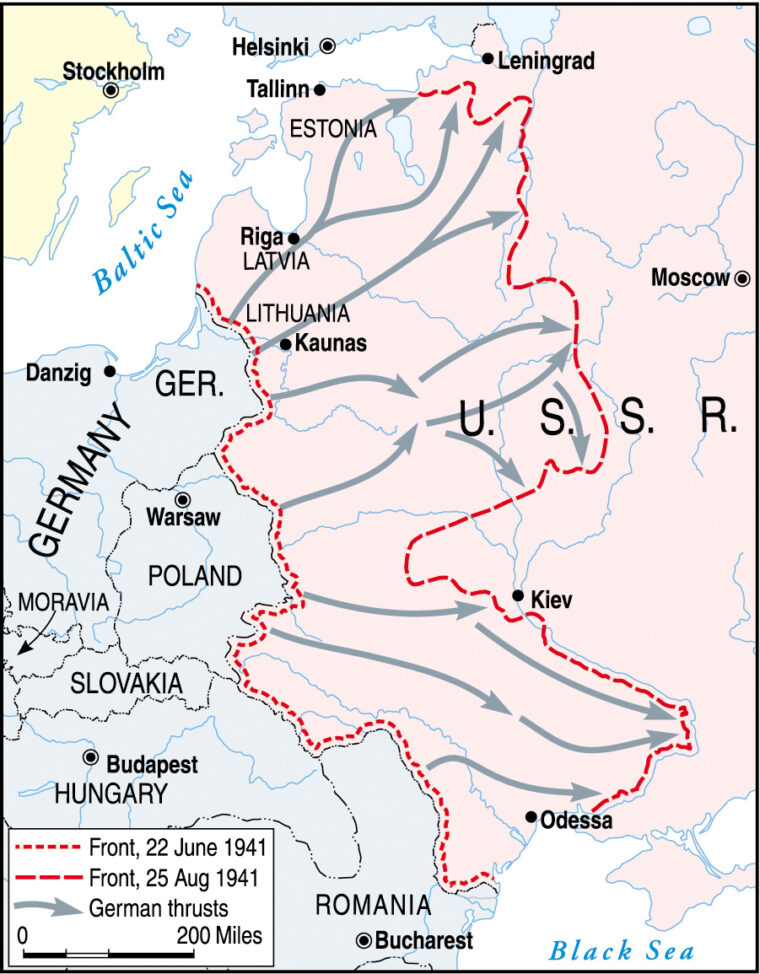
With the Luga Line creaking ominously, frantic efforts were made to find replacements. Prisoners of the NKVD, the Soviet secret police, were dragged from labor camps and forced into the front line with machine guns at their backs. The freshly raised 4th People’s Volunteer Division, despite a lack of weapons, was ordered to immediately counterattack and was cut to pieces. Clearly the flesh and blood of regular army and volunteer divisions could only delay, not contain, this new German onslaught.
On August 13, von Leeb’s troops captured the ancient city of Novgorod, effectively cutting the main Leningrad-Moscow highway. The battle for Leningrad, however, was going to be won or lost on the ramparts of the Luga defenses. It was here that German pressure was relentless, and it was here that the Russians had to hold–but they could not. Once the line began to crumble, it collapsed almost everywhere. Proclamations vowing immediate execution for anyone leaving the front were ignored as panic set in. Broken Soviet regiments retreated en masse, effectively leaving the whole approach to Leningrad open. By August 20, with the city seemingly within his grasp, von Leeb urged his men on: “One last push and Army Group North will celebrate victory.”
On August 25, the Germans seized Chudovo on the main rail line between Moscow and Leningrad. Less than a week later they had captured the vital railway junction of Mga, followed soon afterward by Shlisselburg, situated on Lake Ladoga only 25 miles from Leningrad. By early September, the Germans had severed all of Leningrad’s rail and highway connections with the remainder of Russia. The city was effectively cut off by enemy troops or water. The only contact with the outside was now by air or across Lake Ladoga.
The chain-smoking Zhdanov held the honorary rank of lieutenant general, but did not wear a uniform, preferring the traditional olive-drab party blouse. At the large party headquarters compound in Smolny, a few miles from the historic Winter Palace, Zhdanov worked tirelessly alongside Marshal Voroshilov in directing the defense of the city. Living on an endless supply of tea and very little sleep, the stocky Zhdanov could see that despite everything they had done, despite the immeasurable sacrifices of so many, the enemy was at the gates. There was no escape.
Worker Battalions Armed with Rifles, Machine Guns, Pistols, Swords, and Pikes
Stories of SS atrocities had already filtered through from the west, and Zhdanov had no doubt what awaited the population if the Germans broke into the city. He solemnly announced to a gathering of the party leadership that Leningrad would be defended, street by street, house by house. The people, he said, were to be prepared for a last-ditch battle within the city walls.
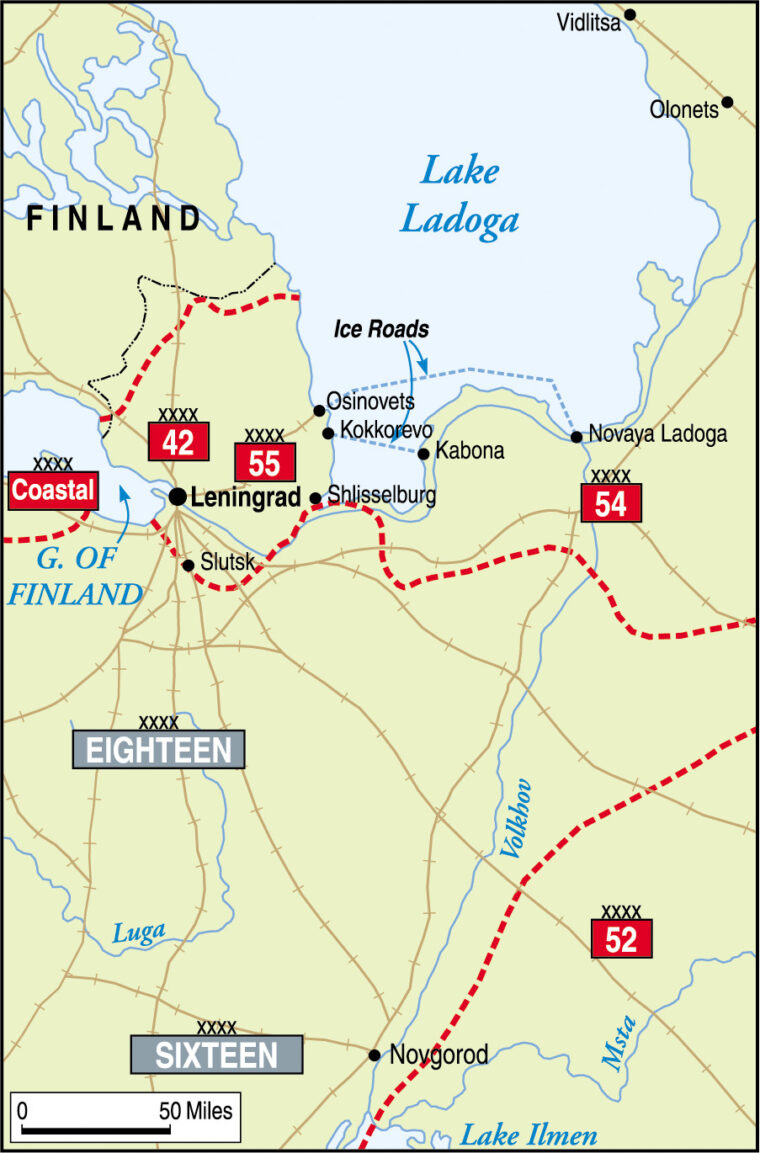
While one million civilians were put to work creating two concentric defensive perimeters around the city, internally Leningrad was divided into 150 small sectors, each to be defended by worker battalions armed with rifles, machine guns, pistols, swords, and pikes. Frenzied activity saw dragon’s teeth sown to block the passage of tanks, railway tracks were lifted and crisscrossed to form an iron jungle on the city outskirts, and pillboxes and gun emplacements sprang up in the southern suburbs. Stalin himself was now taking a keen interest in the city’s defense measures. His secret police confirmed that not all would view German occupation as a disaster, and he suspected Leningrad might be turned over to the Germans without a further fight.
On the eve of the looming battle, and perhaps fueled by Stalin’s paranoia, a special commission arrived to provide advice and aid to Zhdanov and his military command. It was rumored that their real aim was to gauge the mood of the people and determine whether to defend Leningrad at all or divert forces to help deal with the increasing military threat to Moscow. In the wake of this commission, however, Zhdanov believed the city still had Stalin’s support and he redoubled his efforts. Hundreds of miles of antitank barriers, barbed wire barricades, and trench systems were constructed. Large poles were erected in parks and open areas to wreck any attempted airborne landings and Molotov cocktails were mass-produced.
Despite the enormous scope of the work, many doubted the city would hold, including Stalin. The Russian dictator had in fact put into effect a top-secret alternative to rob the Germans of their prize. “Leningrad will be defended to the last possibility,” he said. “But, if the Fascists break into the city, groups have been set up to destroy everything. All bridges, factories, institutions are to be mined … not one ship, not one supply dump, not one cannon [will] fall into German hands … all are to be destroyed.” Stalin was determined to deny Hitler the opportunity to erase the cradle of Marxism. If it were to be destroyed, it would fall by the hands of its creators. Thus, at the very moment the population and military were making monumental sacrifices to save the city, secret preparations were being made to destroy it.
In a more low-key development, the Kremlin dispatched Dmitri Pavlov, a 36-year-old supply official, to the besieged city to address the looming food crisis. He found only enough food reserves on hand to feed the 3.5 million people for three to four weeks. With virtually no prospect of help from the outside, strict rationing enforced with an iron fist was the city’s only chance. Restaurants were closed, food sales without ration coupons were halted, and the city was turned upside down in a search for more supplies.
A Steady Flow of Refugees Fleeing the Unrest…
The bewildered population could see that the war was going badly, but strict censorship was put in place to hide just how badly. The press and radio had fallen silent, and any news via the Soviet Information Bureau was vague at best. The deafening silence from the city’s leaders fueled countless rumors that circulated rapidly throughout the city during those bleak, desperate days. Most were wildly inaccurate, but they found willing ears among people starved of information and fearful of German infiltration.
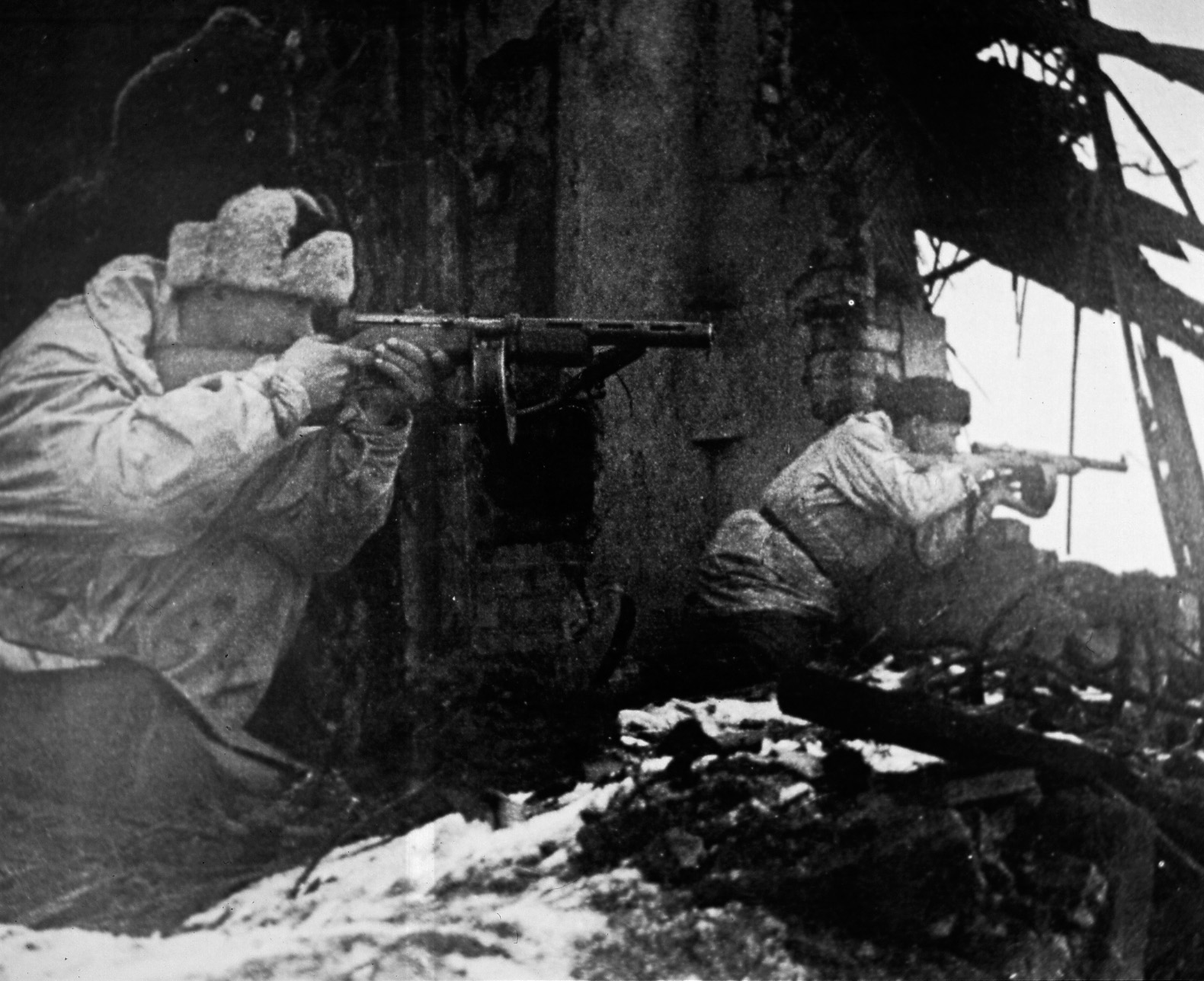
Leningrad was absorbing a steady flow of refugees from many different backgrounds and cultures, and the possibility of civil unrest led Zhdanov to put military patrols on the streets and armed party members in factories and offices to maintain internal security and social order. The emergence of a fifth column could not be discounted.
The Germans were now perilously close and trains were no longer required to transport Soviet troops to the front, as many were delivered by the city’s trams. With Army Group North maneuvering into position to storm the city, Hitler changed his mind. At the eleventh hour, he proposed downgrading the Leningrad front to a subsidiary theater of operations and bottling up the city rather than capturing it. He wanted to release units to the southern campaign against Moscow. Von Leeb, forewarned of what lay in store for his army, quickly had the necessary forces echeloned up to the Leningrad lines for his final assault. By the time any orders were received from Berlin, he would have eight divisions simultaneously smashing through the Soviet defenses and entering the city from both the southwest and southeast.
In the Russian camp, the buildup to this final battle had driven the hapless Marshal Voroshilov to the brink of complete physical and mental collapse. He was unceremoniously replaced with Stalin’s toughest commander, General Georgi Zhukov. Upon arriving in Leningrad, Zhukov immediately called Moscow. “I have taken over command,” he announced tersely. “Report to the High Command that I propose to proceed more actively than my predecessor.” With the German attack already under way, he hung up the phone and immediately went to work.
Zhukov, in the Stalinist mold, was ruthless during those critical September weeks, but it was what the situation needed. Undeterred by German units grinding their way to the city center, his orders were simple: Attack! Attack! Attack! His complete intolerance of failure reverberated down the chain of command. Timid or faltering commanders were sacked or executed; troops who left the line were shot.
The German attack had commenced with high expectations, but storming the city through a maze of obstacles and fixed fortifications had deteriorated into an exhausting, costly slog. The Red Army troops, fighting with fanatical zeal, refused to crumble as they had done elsewhere. The cost in Russian lives was scandalous, but the cold, hard facts were that Zhukov’s uncompromising, draconian measures had worked. Von Leeb’s forces had been fought to a standstill at the very gates of Leningrad. His attempt to capture Leningrad by coup de main had foundered.
Any Calls For Surrender Were to be Rejected
Despite Hitler’s pathological hatred of the city and all it represented, the battle for Leningrad had gone on longer than anticipated. Changing military priorities would see von Leeb robbed of his prize and forced to relinquish his armor. He had run out of time.
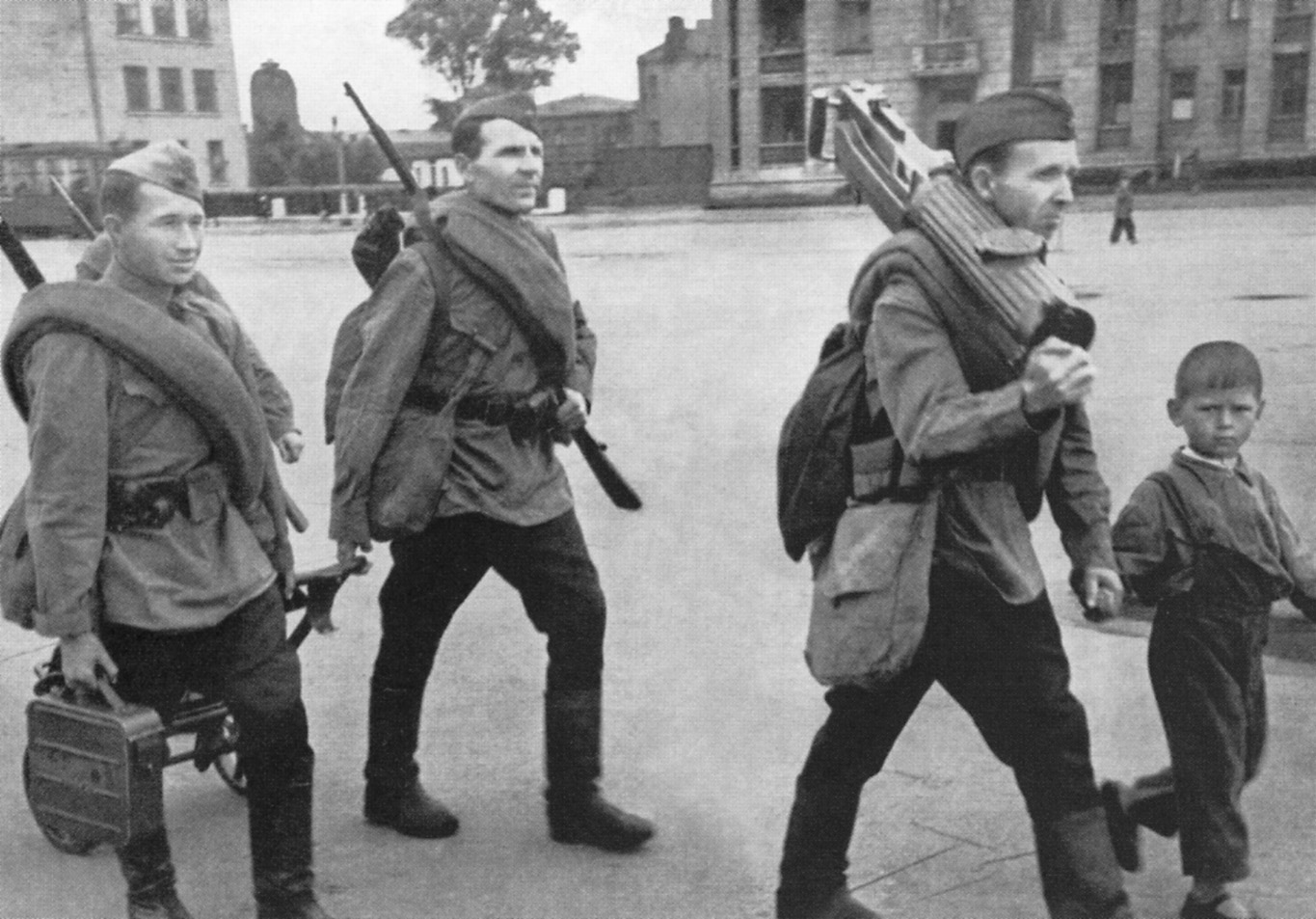
The realization that German tanks were shifting away from Leningrad was greeted with rejoicing. With Wehrmacht troops now digging in for the winter, the offensive seemed over, and many believed Leningrad had been saved. The Germans, in fact, were far from finished with the city. Hitler was determined to destroy the birthplace of revolutionary communism and ordered von Leeb to closely blockade Leningrad and commence round-the-clock artillery and air bombardment to raze the city from the face of the earth. Any calls for surrender were to be rejected. Under no circumstances was the German Army to be burdened with feeding the population. Hitler was adamant that the three million people trapped inside the city be left to fend for themselves through the winter. Their fate was a matter of complete indifference to him.
In many ways, the nightmare for Leningrad was only just beginning. The Germans brought up the largest siege guns in Europe, including 420mm railway guns, and day after day they systematically pounded the city into rubble. The Luftwaffe increased its attacks and, during one of the first air raids, set alight and destroyed more than 5,000 tons of food stored within the Badayev warehouses in the southwest corner of the city. For the population, it was a catastrophe. Until the arrival of Pavlov, Leningrad’s authorities had done little about the diminishing food reserves. Neither Zhdanov nor his party leaders had seriously contemplated or prepared for the possibility of a winter siege. Now surrounded by the Germans and with food reserves already at a bare minimum, everything had changed. How were they to feed the millions trapped in the city? Zhukov, Leningrad’s savior in September, was now leading the defense of Moscow, and it fell to Pavlov, the food specialist, to save the city. It was an onerous task.
Pavlov had the Badayev warehouses scoured for anything that might have survived, and the city was once again ransacked for supplies. Anything was considered, however unpleasant, provided it could be made edible. Thousands of tons of malt were salvaged from breweries and mixed with flour to make bread, oats for horse feed were seized and the horses slaughtered. Scientists worked tirelessly on a formula for digestible wood cellulose made from pine sawdust to add to bread.
The implications of such drastic measures were not lost on the city’s population. They realized they were now facing an even crueler enemy, one completely devoid of mercy: famine. With the arrival of the first snow in mid-October, the specter of slow, lingering death by starvation loomed large on the horizon.
Thousands Condemned to Death With the Stroke of a Pen
On November 8, the Germans captured the town of Tikhvin, which effectively severed the railway line used to bring supplies to Lake Ladoga for forwarding to Leningrad. It was a crushing blow. The nearest alternate depot, 220 miles distant, lacked a trafficable connection with the lake. A road network would need to be built through heavy swamp and forest. It would take time, but time was clearly running out.
With food becoming scarce, the privations began taking hold and people could see themselves changing, becoming weaker, and wasting away. Supplies arrived sporadically across the lake, but their quantities were very small and German attacks soon sank most of the vessels involved. Pavlov had the rations cut again, this time to 10 ounces per day for workers, five ounces for the rest of the people. Only the Army and civilian volunteers were guaranteed sufficient food. The authorities knew the consequences of this action, but there was no alternative. With the stroke of a pen, the city’s leadership had condemned thousands to death.
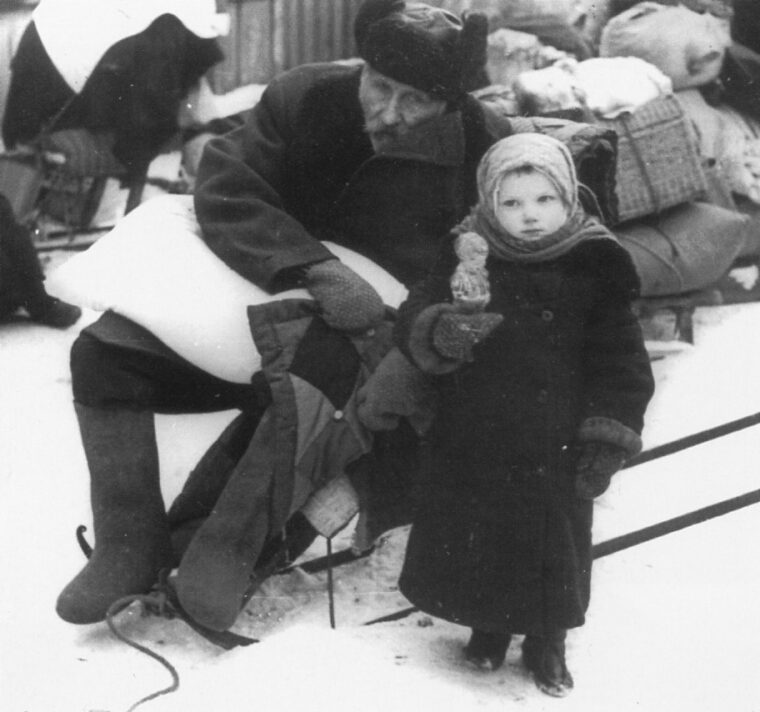
By November 11, the temperature had dropped to 15 below zero. Some thought the cold and snow would claim the battlefield and defeat the Germans as it had done Napoleon, but they failed to realize that it was likely to destroy Leningrad first. Fuel supplies for heating had run out, frozen pipes cut off running water, and what electricity there was had been diverted to the munitions industry which was still providing weapons for the front. The city may have been on the brink of starvation, but many were destined to freeze to death.
Next to food itself, a ration card became the most valuable item in Leningrad. Not having one was a virtual death sentence. The black market provided many illegal vouchers, forcing Pavlov to take drastic measures to ensure that every one in use belonged to the rightful owners. The clampdown uncovered more than 300,000 unauthorized cards. As the siege worsened, anyone caught using a forged card or one belonging to a dead relative faced possible execution.
Most in Leningrad understood why supplies were so scarce and carried themselves with great dignity, courage, and compassion. They knew that no one could help them, and they tried to make rations go further. Half the food they ate was nearly inedible. In spite of Zhdanov’s security measures, the social fabric of the city was unraveling as gnawing hunger, bitter cold, and savage German shelling drove many to the brink of insanity. The people resorted to eating anything to fill their stomachs—wallpaper, leather, plaster, pets.
Throughout the city, gangs of murderers began roaming the streets targeting the old and frail for food and ration cards, but it was not only criminals and deserters who resorted to violence. With thousands of people dying of hunger every day, many decent citizens also found themselves capable of unspeakable acts to survive. One girl pulled out her dead father’s gold teeth to barter for food. Trade in human flesh was not uncommon, and in an insidious development, small children were thought to have been kidnapped and eaten.
“Today it is Simple to Die”
As the weeks passed without relief, people became susceptible to disease and quickly died. A bout of diarrhea was often fatal. Every day the temperature dropped and the number of corpses on the streets increased. There seemed to be a macabre order in which starvation gathered its grim harvest. Men would go before women, healthy people succumbed before the chronically ill, and the very young slipped away before the very old. “Today it is simple to die,” wrote Yelena Skrybina. “You just begin to lose interest, then you lie on the bed and you never again get up.” A city of music, gaiety, and culture was rapidly being transformed into a massive frozen tomb from which there was no escape. A pall of utter despair had descended over Leningrad. The city of life was dying.
The Germans had methodically sealed off all land avenues and, as the days grew colder and food supplies dried up, Lake Ladoga offered the only hope of survival. When the lake finally froze, a road 20 to 30 miles long was built over it to bring in food from the outside. On November 20, the first convoy set out with 350 horse-drawn sleighs. Eventually, over one thousand sleighs would be utilized, but their cargo would barely meet Leningrad’s needs. When the ice had hardened enough, convoys of trucks replaced sleighs, but many broke through the surface and sank.
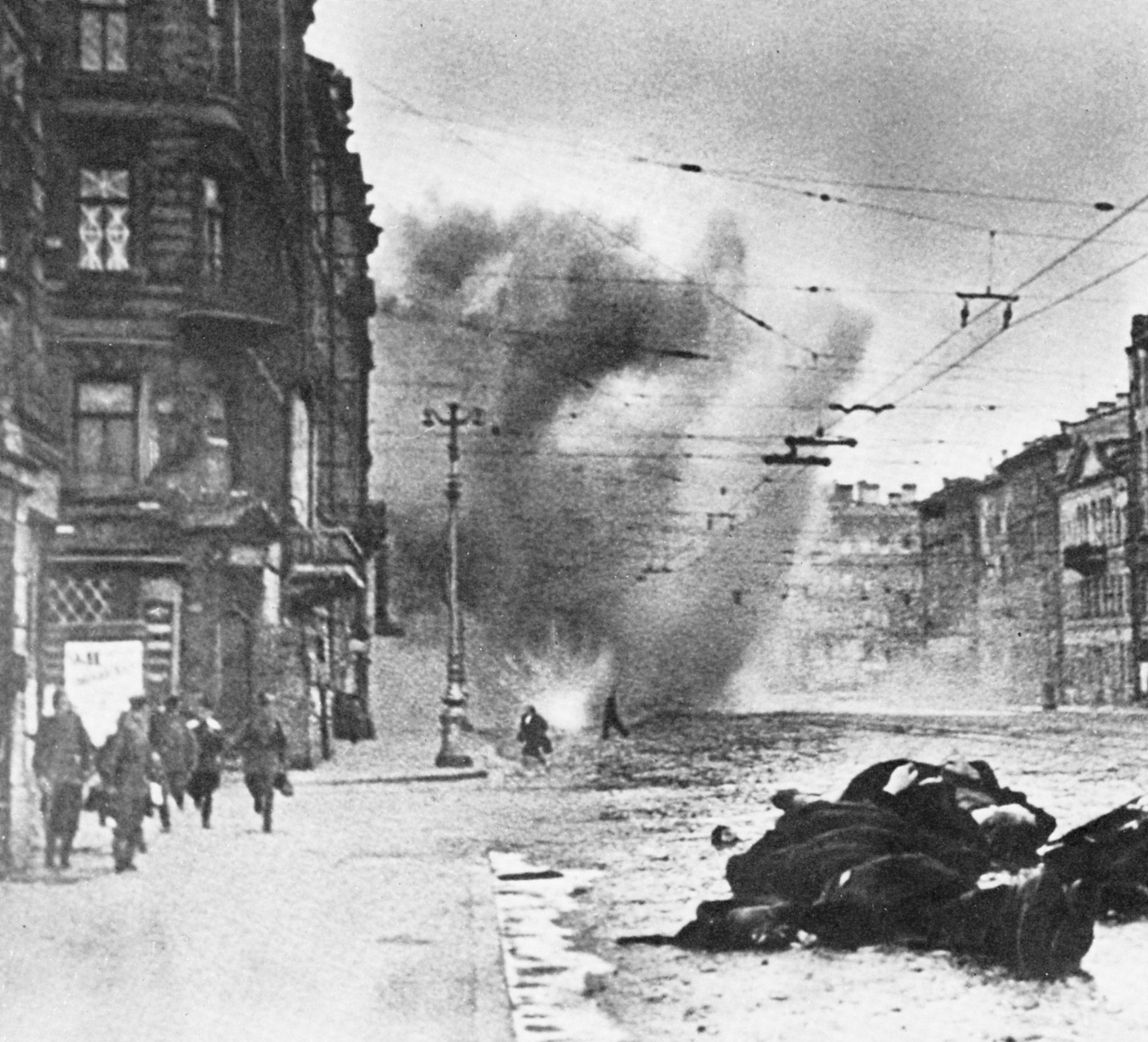
Problems, delays, and mishaps continually beset the authorities as they attempted to maintain and improve the city’s solitary lifeline. Aside from German attack and blinding blizzards, the major hurdle was the need to bypass Tikvhin via the arduous 220-mile route to the next railhead. This road, carved from the wilderness, was proving taxing on men and machines. In three days, more than 350 trucks were lost in one section alone.
The fate of millions rested with the ice road, or the “road of life” as it became known. The city, however, required a minimum of 1,000 tons of food a day and the road of life averaged barely a third of this. Tens of thousands were soon being evacuated across the ice, which allowed more food for the rest, but in reality the people were still going to starve to death. It would just take a little longer. In November, 11,000 died and in December the figure rose to nearly 53,000, yet rations had to be brutally cut again. At this time, people began dying so quickly that mountains of bodies were soon choking the city. Graves were rarely dug as few had the strength to dig them, so thousands of corpses, often carried on children’s sleds, were simply dumped in the snow, in the streets, or piled at the cemetery. Those who had transported the victims often fell dead themselves. Finally, Army sappers began to blow huge communal graves to accommodate the dead. Nonetheless, many would remain forgotten and unburied until the spring thaw.
Not even Hitler could possibly have imagined the depth of suffering these terrible extremes had unleashed, and there was no end in sight. As 1941 came to a close, a glimmer of hope rose from the tide of despair with news that Tikhvin had been recaptured by the Red Army, allowing the ice road to provide substantially more supplies. A further boost came with Zhukov’s brilliant counterattack, which had thrown the Germans back from Moscow. There was even firm hope that a new and powerful relief offensive would soon smash through the German forces encircling the city. It was boldly predicted that by January 1, Leningrad would be liberated.
German Air Raids Stopped—They Knew Hunger was Doing Its Job
However, in a bitter reversal of fortune, the much-heralded offensive achieved little. The new German commander, General George von Kuechler, had ensured that his forces were securely dug in against Soviet troops who had neither the physical strength nor the weapons to dislodge them. News that the attack had failed saw the death toll begin to skyrocket. Many simply gave up.
The landscape of Leningrad had become a grotesque mosaic of death, destruction, and abject misery. German air raids ceased in January. They knew that hunger was doing their work for them, but the will to survive saw people struggle on despite the bestial conditions they endured. Scenes that would have deeply shocked citizens weeks before now barely warranted a second glance. It was just the way things were. There was no light, just death and snow. A diary entry from the period captured the mood of the times: “The city is dying as it has lived for the last half year– clenching its teeth.”
The people knew that time was running out, but only a very select few within the Leningrad command knew just how little time they actually had. Death and evacuations had certainly eased the number of people to be fed, but by January 1, 1942, instead of liberation, the city’s inventory showed that Leningrad’s food supply had virtually run out. They had never been so close to starvation. Zhdanov and his party elite’s mood was grim. The fate of Leningrad hung by a thread, and unless radical measures were taken to obtain more food, this was the end. The entire civilian population would soon die—all 2.5 million of them.
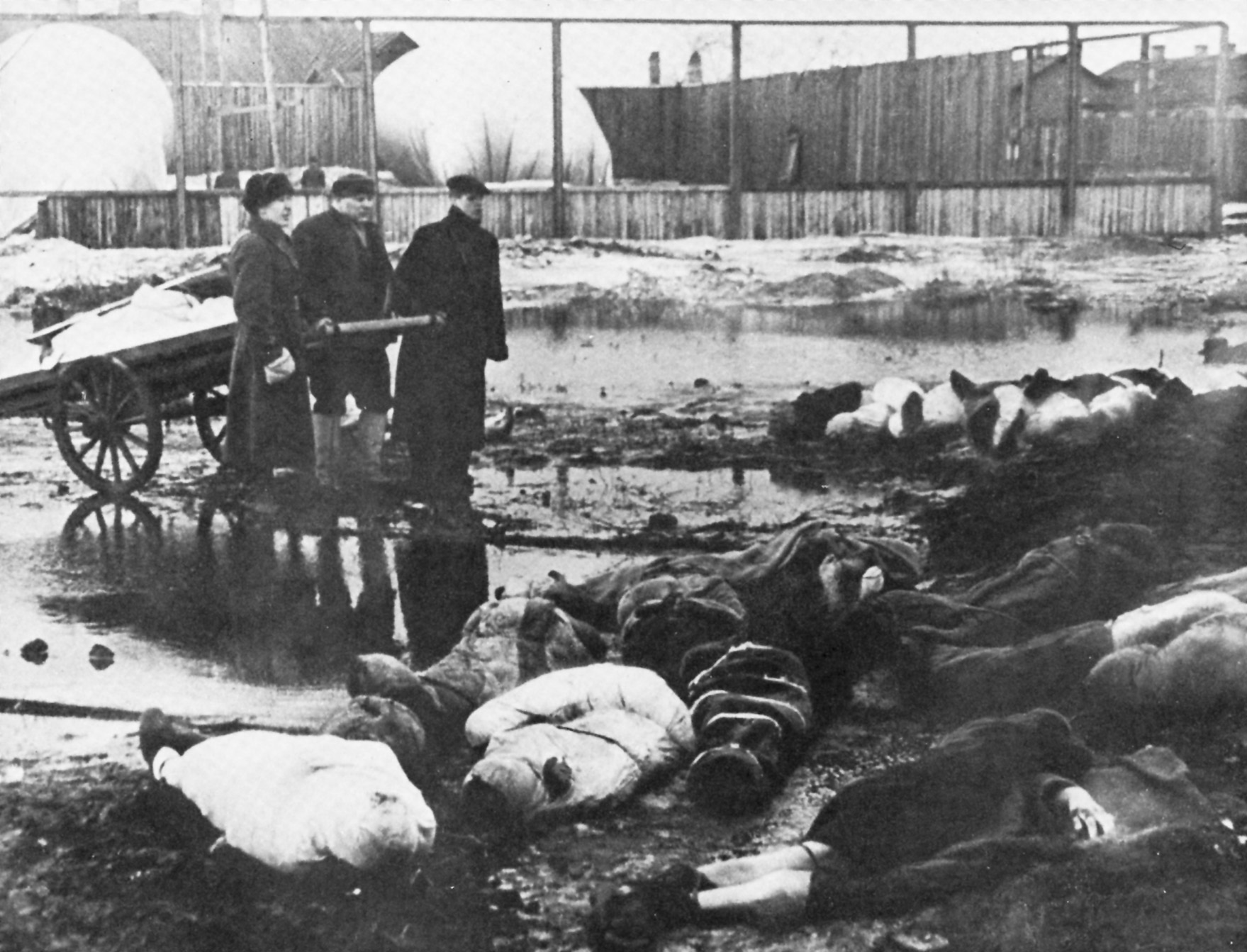
The treacherous ice road held the key, but it was not working. In fact, it was close to complete collapse. The one-track rail line from Ladoga to Leningrad had become virtually inoperable due to a combination of heavy traffic, lack of fuel, failing equipment, and bad management. By early January, no trains were getting through at all. Zhdanov, ill and exhausted, recognized it was all or nothing and took firm action to get the system operational again.
The railroad director was shot for incompetence and replaced by the iron-fisted Maj. Gen. A.M. Shilov. With orders to have the shipments increased to 1,200 tons a day by any means necessary, Shilov saw to it that the target would be achieved. He immediately had road and traffic control systems improved. Antiaircraft batteries were set up to ward off German aircraft, and Zhdanov himself addressed the workers in a desperate appeal for a more sustained effort.
Remarkably, the new measures began to have an effect. On January 18, shipments actually exceeded their quota, but for many the improved supply of rations came too late. Estimates vary, but is believed up to 124,000 people perished in January alone. Their bodies joined those already piled in the streets, courtyards, and the overflowing cellars.
Surviving the Terrible Famine
The Germans tried to interdict the flow of supplies across the road with merciless air and artillery strikes, but failed. By February, Shirov’s ruthless determination had the ice road at last functioning efficiently. Supplies of food and medicines were coming in ever-increasing numbers and evacuees were leaving in ever-increasing numbers, which collectively eased the strain on those who remained. Incredibly, people started to recover. Warmth was restored to their homes, food was available, and spirits lifted. They had survived and perhaps the worst was behind them. As winter drew to a close, the German blockade was still in place, but the ice road was now permanently entrenched. It had, in the end, been the salvation of Leningrad.
Power was restored and ties with the outside world were reestablished. By April, only 1.1 million people remained, but they would never again endure the privations experienced during the dreadful winter of 1941-1942. The city had indeed survived the terrible famine, and steps were taken to get Leningrad back on its feet. The first task was to remove the thousands of corpses and more than one million tons of rubbish to avoid the risk of epidemics.
The authorities instigated a massive clean-up operation in early March. It was a heartbreaking experience for the 300,000 Leningraders entrusted with the task. Whole families were discovered dead in their apartments. The bodies of loved ones were recovered from snowdrifts, while countless others would remain unclaimed. No one had survived to mourn them. The grief was simply overwhelming as the scale of the tragedy became tangible. Whole communities had simply vanished.
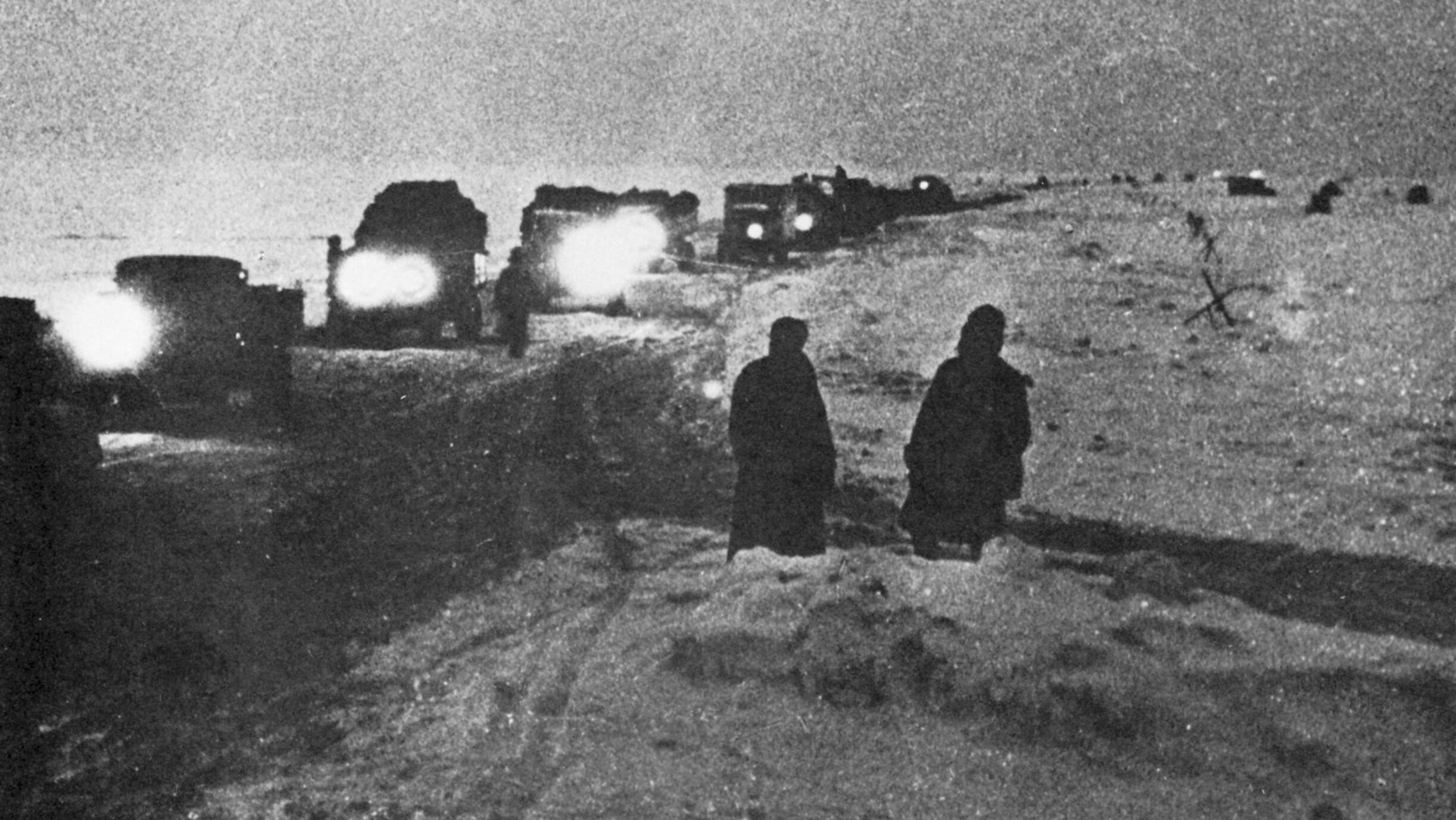
As the focus of the war shifted to more momentous operations in other cities and other battles in the south—Stalingrad, Kursk, Kharkov—the prospect of an all-out assault on Leningrad faded. Nonetheless, the city remained in the grip of the tight siege throughout 1942, and hardship remained a constant companion. German artillery continued to savagely pound the city, but having a permanent and well-defended supply route allowed life to return to something approaching normal. In the ensuing months, theaters and cinemas reopened and newspapers were back in circulation. Pipeline and cable laid beneath Lake Ladoga provided fuel and electricity, while foodstuffs were gathered in advance for the rigors of the coming winter.
Battles of unimaginable ferocity would rage around the city for the next three years as Soviet and German forces furiously attacked and counterattacked. Through a combination of ruthless brutality, unconscionable indifference to losses, and fanatical force of will, the Soviets had thwarted every German attempt to capture the city.
“No Harder Nails in the World”
By 1944, Army Group North, bled white in battle and harassed by ceaseless partisan operations, was in no condition to withstand a major attack. The Red Army had seized the strategic initiative and in January launched its winter offensive to drive the Germans from Leningrad. After days of heavy combat, Soviet troops finally succeeded in breaking the German stranglehold on the city. On January 27, 1944, after almost 900 days, the siege was lifted. The nightmare was over.
After three years of war, Leningrad bore little resemblance to the grandiose city of prewar 1941. Historic buildings had been destroyed, the streets were piled with rubble, and over 15 million square feet of housing lay in ruins. The human cost had been appalling. Yet, an exact figure is unknown. Western scholars believe it approached nearly 1.5 million, while Red Army losses were estimated to be in excess of 3.4 million.
Liberation for some brought temporary relief from scars that would never heal. Others felt elation and a rekindled love of life, but many were left harboring an unbearable sadness. They had lost everything that really mattered—their wives, their husbands, their children.
Despite Joseph Stalin’s attempts to downplay the city’s role in the Great Patriotic War, the devastating Battle of Leningrad stands as a lasting testament to the spirit, self-sacrifice, and heroism of the Leningraders themselves and the pivotal role they played in the war’s final outcome. No city in modern times had ever suffered more, and never had a city’s population risen in triumph over such overwhelming odds. “If you make nails of these people,” one Leningrader wrote, “there will be no harder nails in the world.”
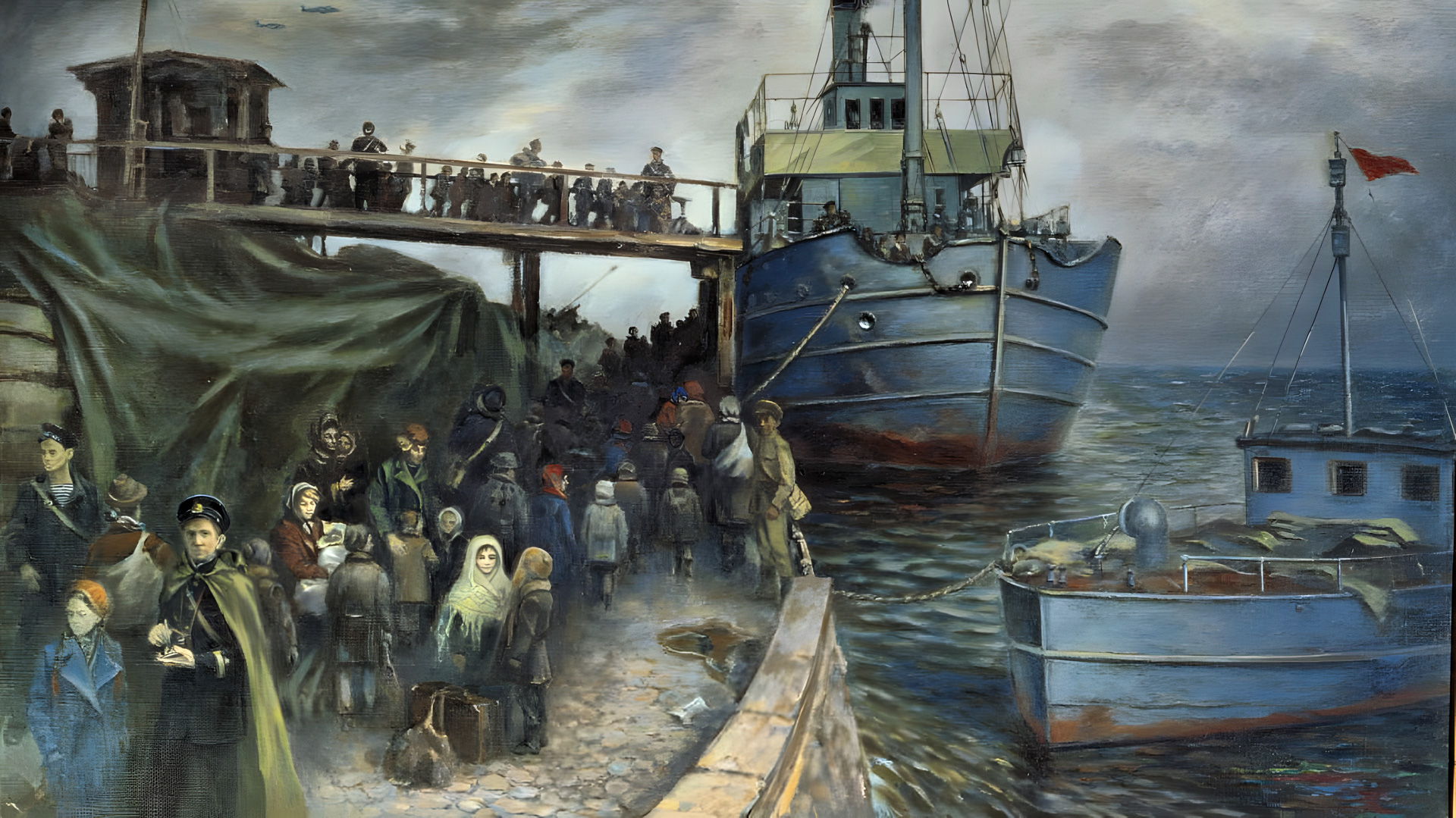
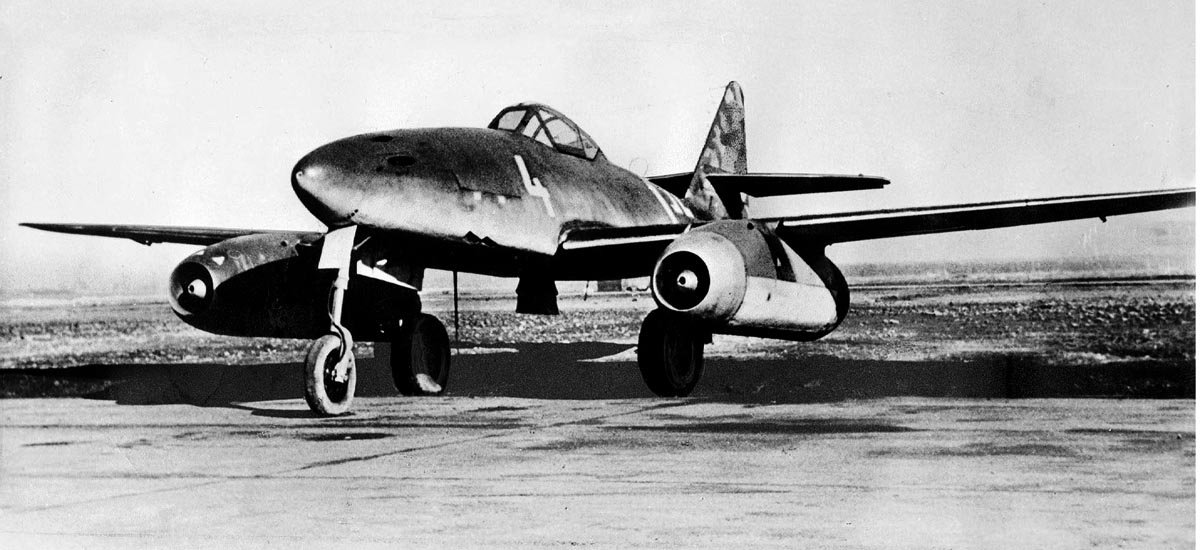
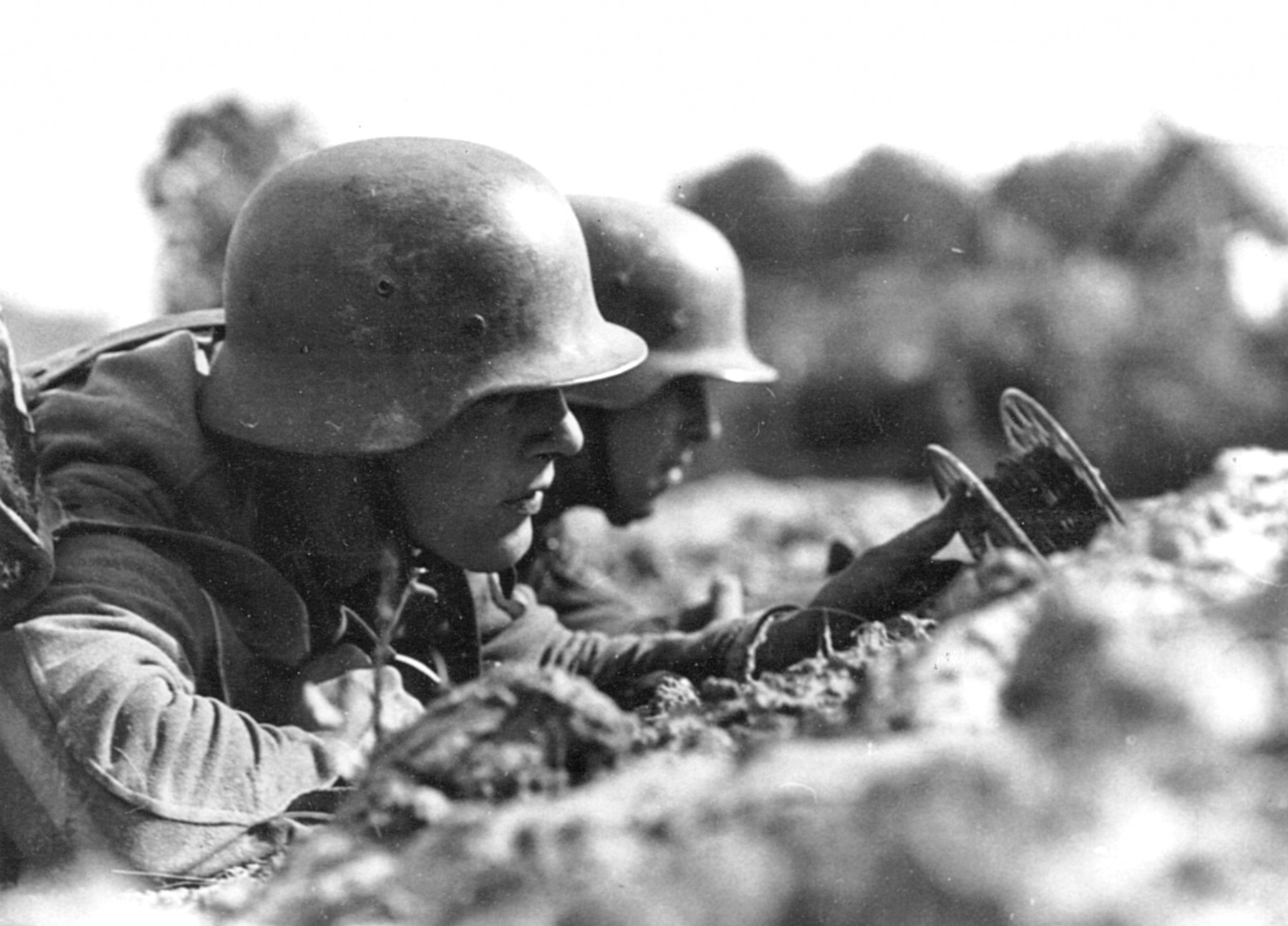
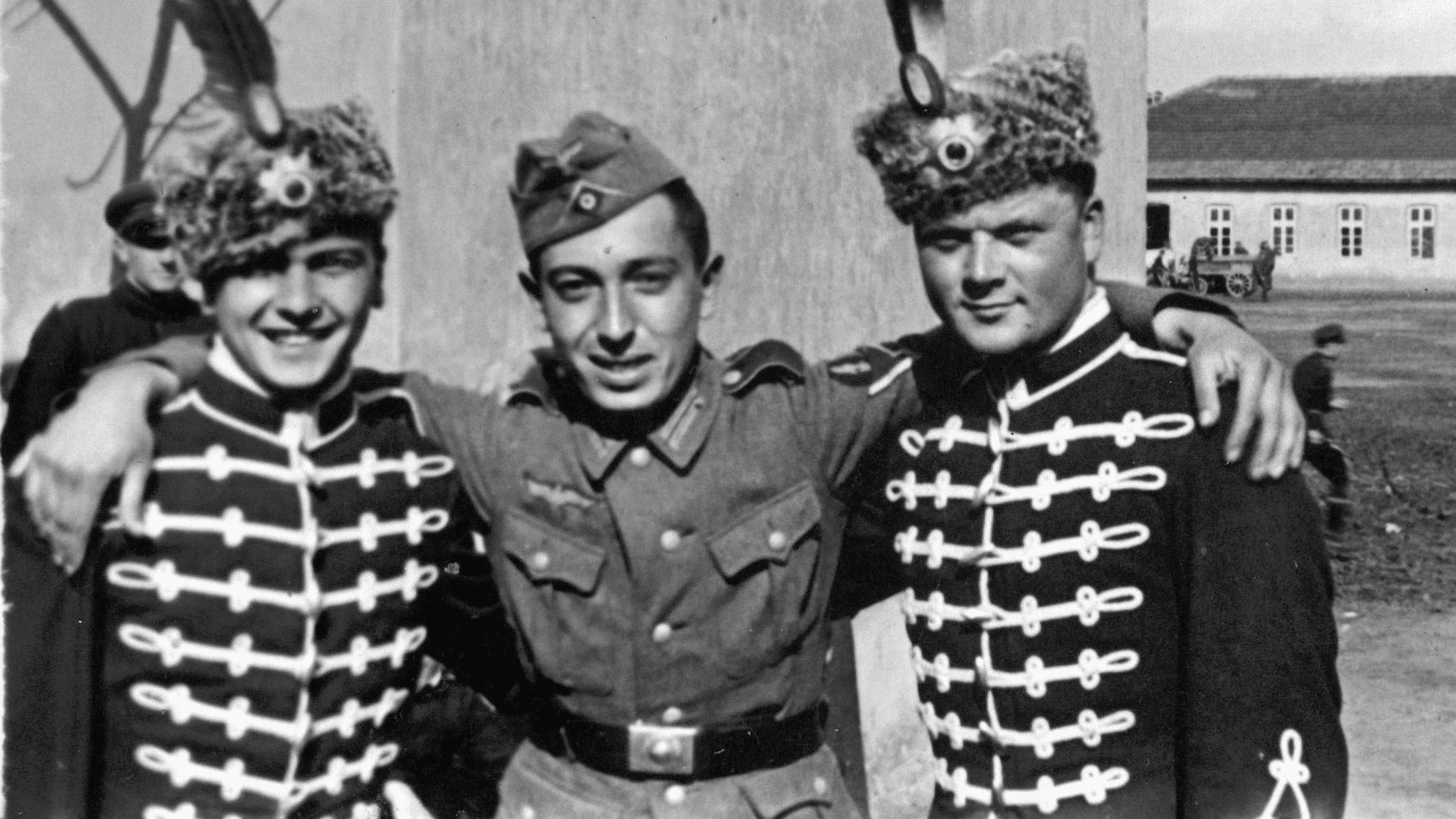
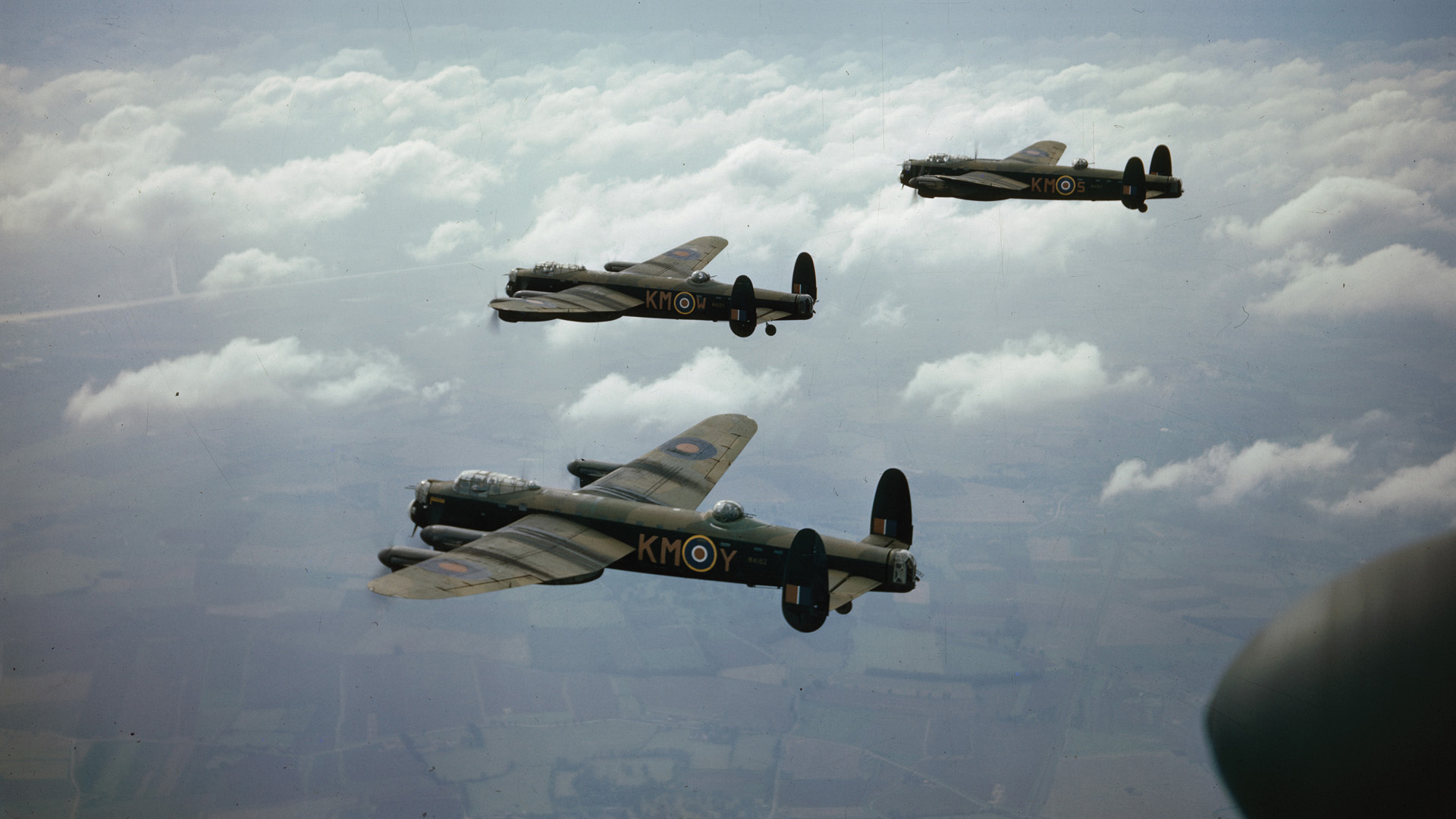
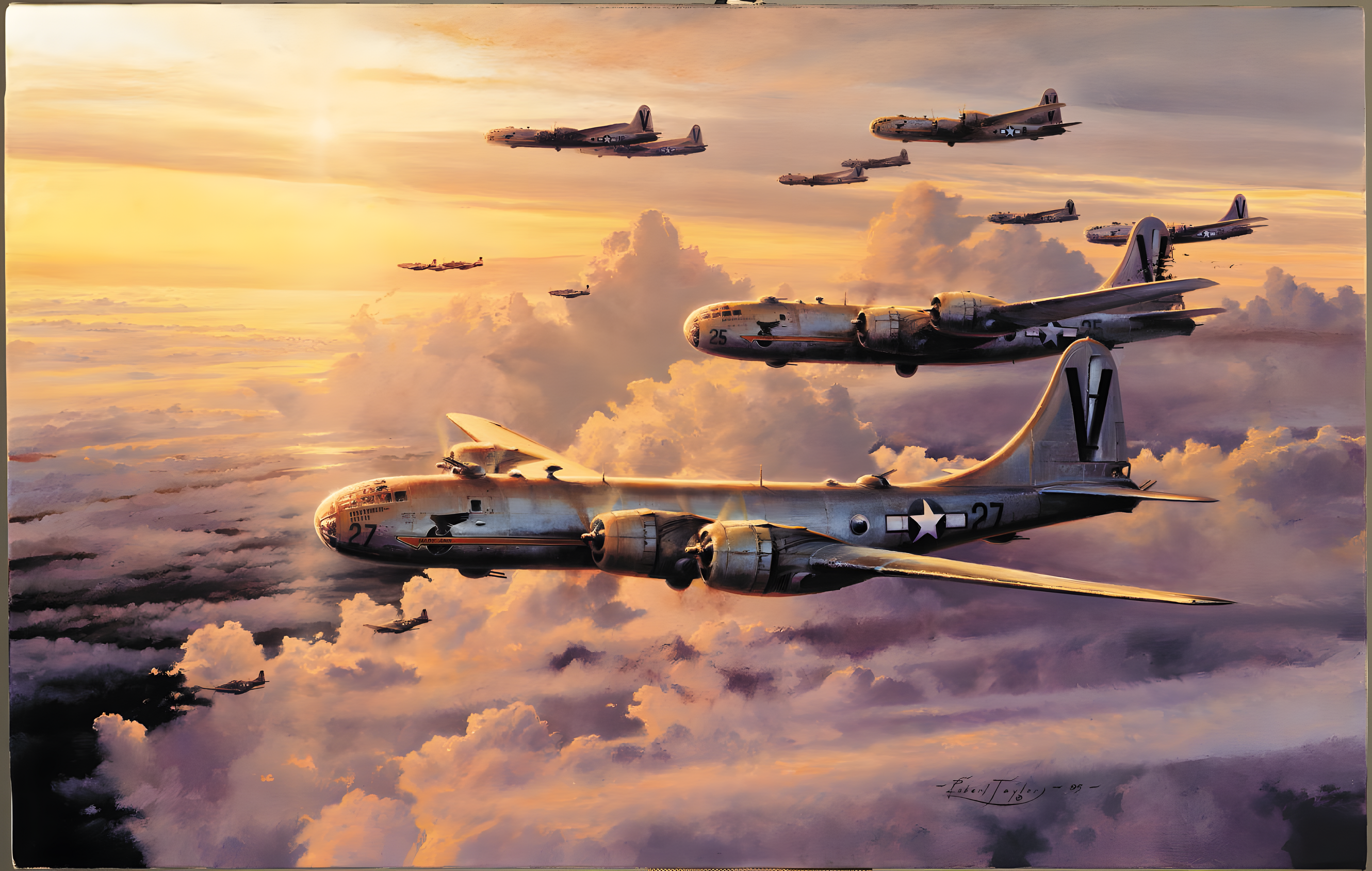
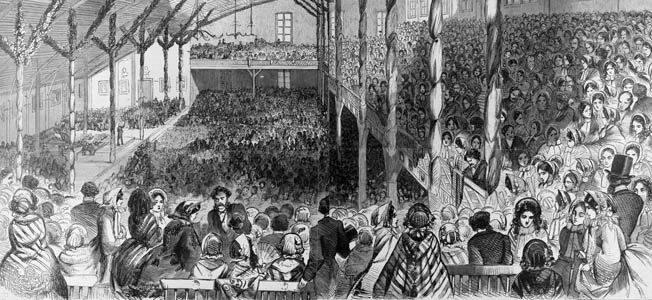

Join The Conversation
Comments
View All Comments